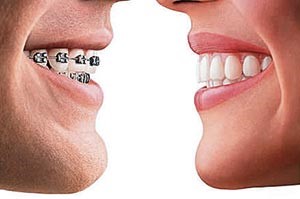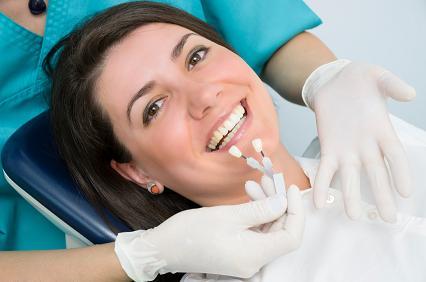Portable dental equipment options are available from a variety of dental equipment companies. These companies range from larger multi-product businesses to smaller companies whose only product may be an item of portable dental equipment. Several manufacturers will have a variety of portable equipment options. Many companies have been selling and re-engineering their products for many years, while others may have just recently entered the portable dental marketplace.
Starting your own dental practice is no easy task. Purchasing portable dental equipment for your practice can also be difficult. On average, a new dental practice will spend around $200,000 on structural upfit, equipment and supplies for their business. To make sure you are getting the most for your money, consider the following tips before diving into the world of dental equipment sales.
.jpg)
Do your research
Before making any final decisions and purchasing dental equipment for sale, do as much research as possible on your own first. Doing so will help you understand all that the market has to offer and what your options are.
It is never a good rule of thumb to buy something simply because it is available or because it is affordable for you. Find out exactly what your practice needs and then begin your research on the quality products to invest in. This is because buying portable dental equipment is just that, an investment. Check the product’s features and confirm how it will make your practice more effective.
Find a reputable Brand
As good as a deal that company you don’t recognize or haven’t seen any reviews on may offer, do not buy from them unless you are sure the decision is right for you.
Choose a manufacturer who has an established reputation and has been in business for a number of years. These companies have the knowledge and experience to help recommend the best products. This also benefits you because they know exactly how each product functions and how it benefits the different dental practices.
Choose quality first
With so many different models and manufacturers to choose from, you want to make sure you’re investing in something of quality that is best for your practice. While some products may do the same function, some perform and last better than others simply because of how they were made.
Although “top of the line” dental chairs may cost between $5,000 to $7,000, you may benefit more from buying a used dental chair instead. This is because many used and portable dental chairs are made of more durable materials than many of the mass-produced products on the market now.
Check with the equipment manufacturer regarding warranties, timeliness of repair, difficulty associated with performing minor repairs on site, and the availability of loaner units when necessary repairs are being done. Prior to purchase of a portable unit, ask the vendor for names of previous customers who have purchased a similar unit; contact these individuals to discuss the relative merits and problems of the unit.
Portable dental delivery unit makes it possible for clinicians to provide dental care to patients who are unable to travel to a traditional dental clinic. No ambulatory, homebound, and institutionalized patients benefit greatly when portable dental equipment is used to address their dental treatment needs on-site. Portable dental office equipment is also an option for small dental practices that plan to expand in the future. If you have any question when choosing portable dental unit, you can email us and we can help you determine which equipment is right for you and your practice.



